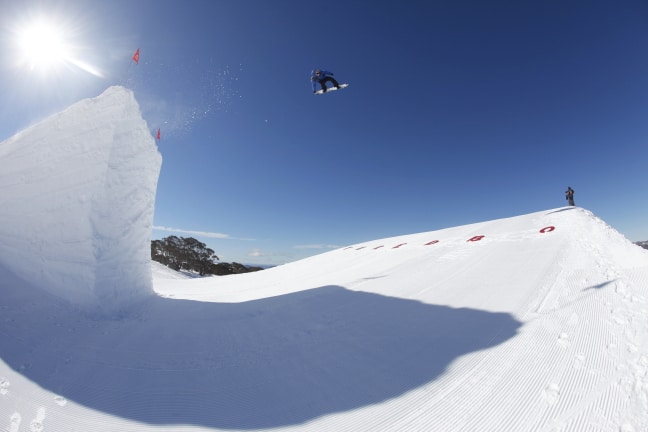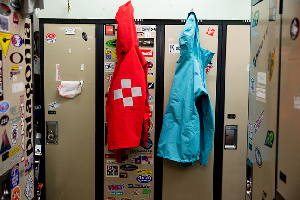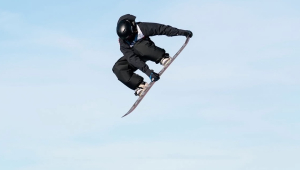GEAR GUIDE – How to Buy a New Snowboard
![]()

You know how Robbie Walker throws down on jumps like this? By riding the right board; read on to find out how to find your next deck Image:: Jake McBride
Transfer | Alex Horvath
When you walk into your local snowboard shop to buy a new board it’s easy to get overwhelmed. These days there really are so many brands all screaming at you from the rack. With so many options how can you crack the code? When shopping for your new deck here are a few things to think about…
First and foremost, think about the kind of riding that you’re likely to do. If you’re the type of rider who loves to bomb groomers then why buy a park board? Similarly, that soft jib board isn’t going to be much use shredding the Extreme Zone at Mt Hotham. The stiffer the board, the more stable and responsive it is at speed. On the contrary, a soft board will enable a more forgiving ride in the park and the softer flex allows better a press.
Second, have a think about the type of board profile that’s going to suit your riding. The board profile is the shape of the board from tip to tail and is either regular camber, reverse camber, or a combination of the two. Regular cambered boards are suited to riders who prioritise edge hold and turn response. The negative energy created by a cambered board through a turn is what gives the board its drive as you exit from one edge to the other. Reverse cambered boards enable the contact points at each end of the board to be lifted off the snow relative to the centre of the base profile. This design enables a ‘catch-free’ ride that suits freestyle riding and beginners. Some brands have other variations on their base profiles. For example, one other brand runs a tapered rise across the base, which lifts your effective edges while still allowing a stable cambered profile between the nose and tail. Another uses a combination of rocker and camber in the single board. Other brands experiment with asymmetrical or wavy edges for a variety of ride feels. Do some research into these technologies and speak with the staff at your local board store to find out what suits you.
Last but certainly not least you should decide on an appropriate length that is tailored toward your own personal riding style. A very broad rule of thumb is that an all mountain board should sit somewhere between your chin and your nose. This changes when considering things like riding powder or rails. A longer board will give you more float when riding deeper snow and usually jib boards are ridden considerably smaller to reduce swing weight when spinning onto features.
Discussion
Related Articles
 |
The North Face Launches Global Campaign Celebrating Female Explorers – ‘Move Mountains’
Apr 30, 2018 At the start of April, The North Face launched their “Move Mountains” initiative to celebrate and share the stories of adventurous and courageous wo… |
 |
Thredbo Offers Guided Backcountry Tours This Winter
Apr 27, 2018 Thredbo has announced it will be offering guided backcountry tours this winter… |
 |
Air & Style Big Air Competition Coming Soon To Sydney – Bringing Flo Rida And Snow Patrol
Apr 27, 2018 You may already be aware that Shaun White’s Big Air competition is coming soon to Sydney shores. What you might not have heard yet is that… |
 |
Australian Tour Dates Announced for Warren Miller’s Line of Descent
Apr 26, 2018 The great Warren Miller may have passed away in January, aged 93, but his legacy will continue to live on through annual films released by Warren Mil… |




